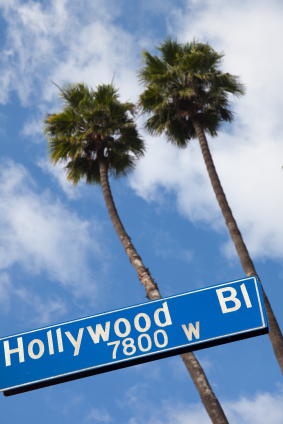"How do you develop different personalities in your characters? Do any of your secondary characters have a novel of his or her own?"
This was a question posed to me when I was participating at a local writing workshop.
I gave an answer to the 'newbee' writers which helped them with long-term writing goals, but I'd like to go into more detail in this month's BWL Insider Blog post.
The
‘How’ of the writing is always interesting for me to analyze --especially in my own process (I don't always know how my processing works).
While
I have detailed plot lines before I write a story or novel, I am instinctive
when creating my characters.
As
I’ve blogged before, I begin with a sense of time and place. When the story in bubbling in my subconscious,
I heard snippets of conversations, a song playing in my head (you know that annoying
song simply leave you alone), or a impulse to cook a certain regional food.
A
few examples: When writing ‘Lynx” Rodeo
Romance book 1, “Amarillo by Morning” kept playing in my mind. I located by paternal grandfather’s Tex-Mex
chili recipe and made chili once a week.
And then a brassy woman speaking with a Texas-twang and popping her
chewing-gum would pop into my head (ala’ Flo’ in an old TV sitcom).
We
all know a novelist always falls in love with her ‘first hero’. My first romantic hero was Lynx Maddox. While his younger sister was only mentioned
in the first book of my Rodeo Romance Series, she became by break-out character
in the second book, “Brede”. Whereas Rachel Scott and Lynx Maddox were the
stars of my contemporary romance; Brede Kristensen and Amberlylnn Maddox stars
shine in my romantic suspense novel, “Brede” Rodeo Romance book 2.
My
characters also ‘drive my story’—often in a different direct, thus destroying
months of detail research. “Nooo! Not again.”
Yes, this is my first reaction. And,
of course, I rebel at the very thought of shoving my months of detailed research
back into my file overflowing file cabinet.
I’ve learned I am not able to force my characters to act against his or
her nature. Painful though it may be, I listen
and I shift my story-line.
When
did this happen?
The
first time I experienced this ‘traumatic’ writing experience, I was plotting, “Tanayia—Whisper
upon the Water” my sweet historical romance.
Tanayia
was to be a member of the Paiute tribe of Native Americans. She was being groomed for the ‘taking of the
shawl” (becoming a medicine woman). I
was involved in Native American Education Programs, served on a PAC Committee (parent
advisory council), and participated in powwows.
I interview tribal elders and traveled to historical sites, etc. I’d plotted by novel down to a puppy’s
freckle, so to speak.
While
Tanayia allowed me to keep the historical event which formed the opening event
of my 1st chapter, I learned she younger. She was also a member of the “Nde” Apache tribe. Tanayia was also strong-willed and
determined.
My
novel was not set in a different tribal area, difference climate, different
customs, beliefs. . .well, you know what that meant. Yes, more research. I live
within driving distance of Sherman Indian School in Riverside, CA. In fact, I attended powwows where the Apache (Fire)
dancers from the White Mountain Reservation danced each year.
In
the end, Tanayia was correct. My story
was her story. It was her life, her experience—it
was history, accurate, painful. It was
the personal growth of a young woman, torn between two-worlds. I must, in the end, thank Tanayia for the
awards this novel was awarded: The
Independent e-Book Award for YA Historical Fiction, The Dream Realm Award, and
a National Book Award Nomination.
Are
more break-out characters evolving in my novels?
Yes,
there are a few nudging me now.
Any guesses? Who is your personal favorite? Mary Billy? Anna Thunder? Or, perhaps Charlene?
Meredith's sister?
I
also have a new hero, or two, with a foot hold in my plotting-world right now,
too.
Several live in the Cajun country of New Orleans, Louisiana; another on a wind-scarred reservation. There is also an a unexpected heroine in an action-packed story sent in Hollywood, CA!
Happy
Reading and Writing,
Connie Vines
Links to interesting topics and settings for my BWL novels via YouTube:
Rodeo PRO Bull Riding (Lynx) Forest Falls, CA (Here Today, Zombie Tomorrow)
Native American Art (Brede) Cowboy Stew (He looks like a younger version of Caldwell in my novel "Brede", doesn't he?)
 |
| Purchase link |
 |
| Spanish Version |

















.jpg)






